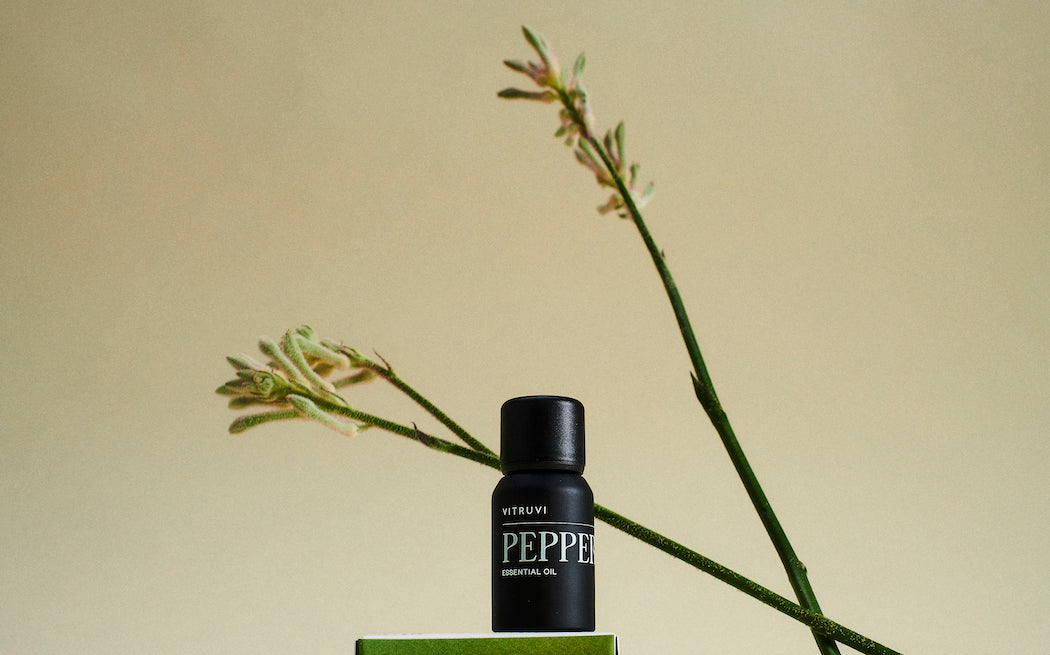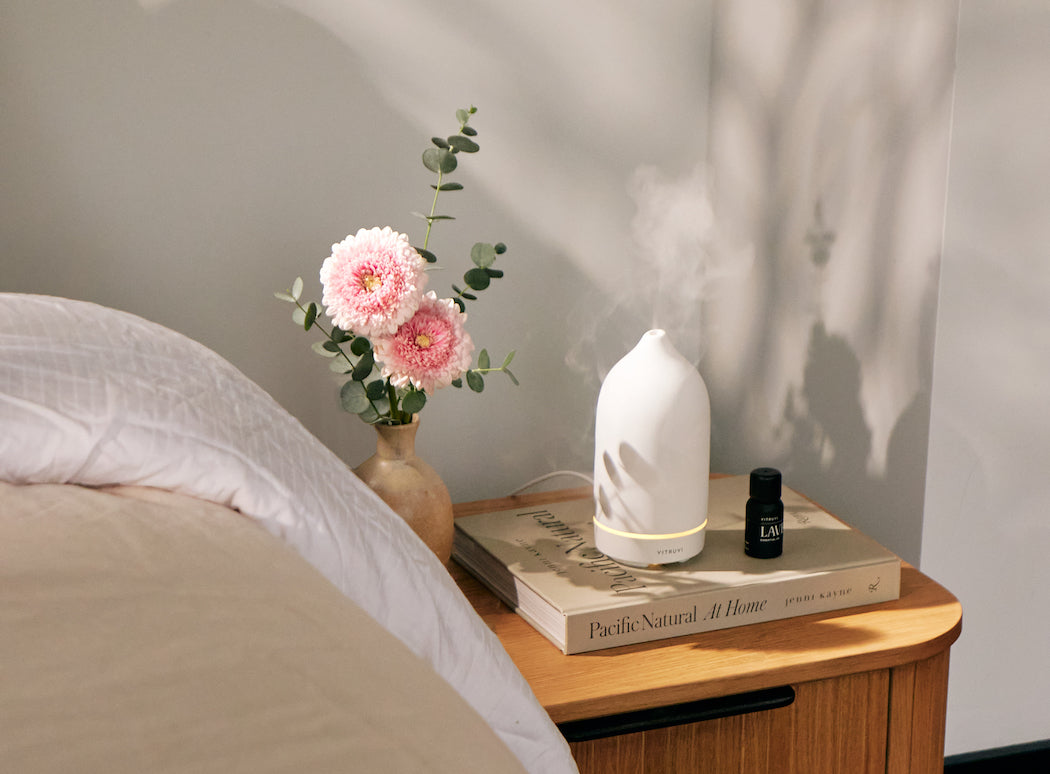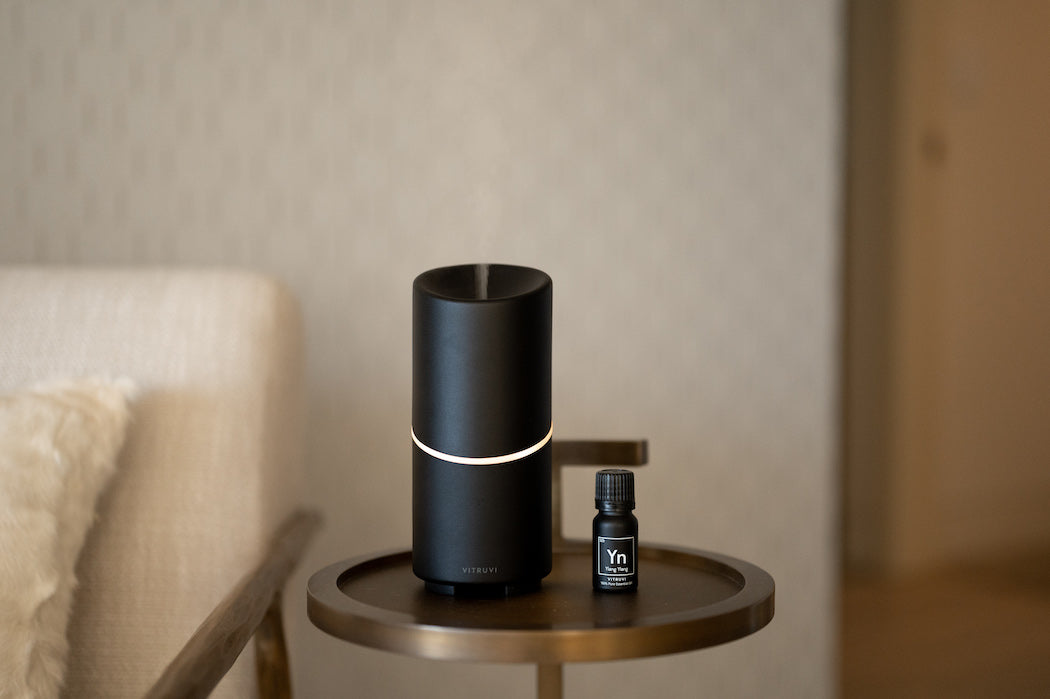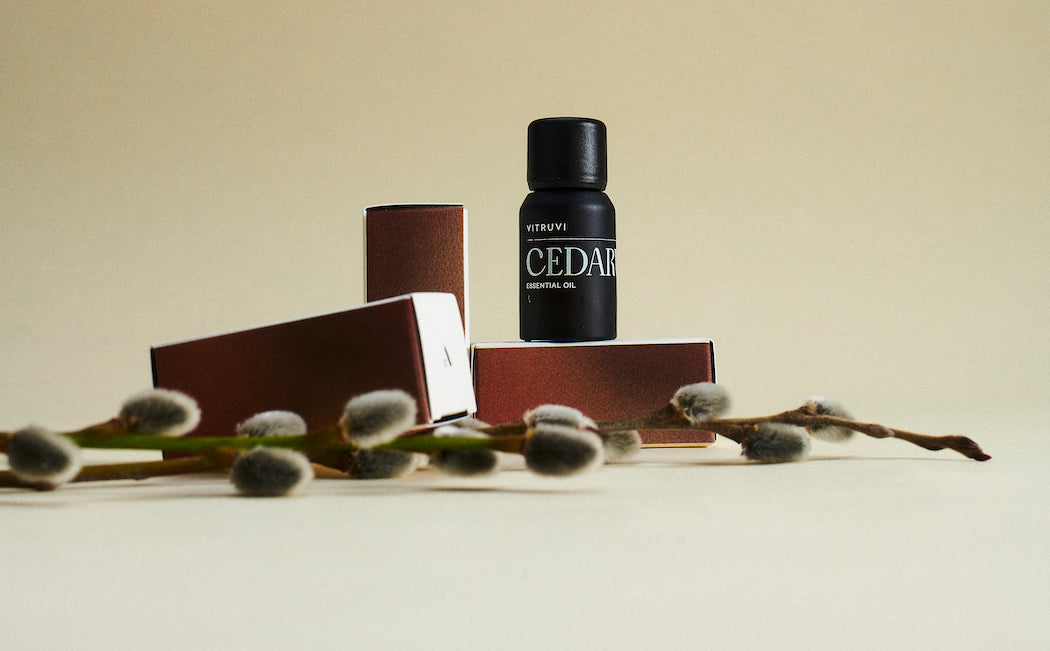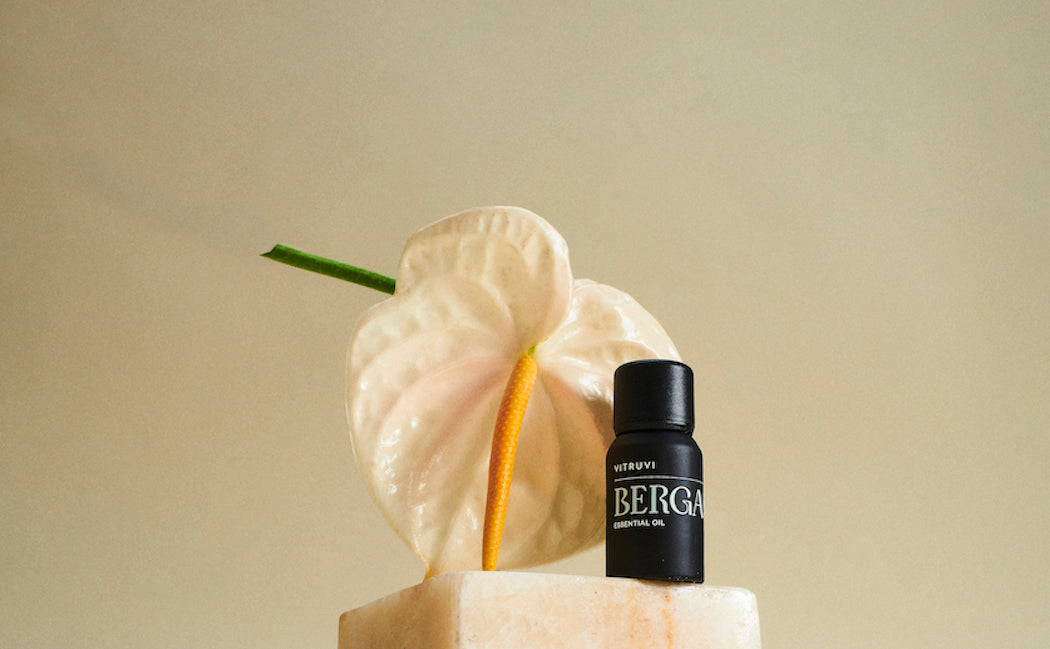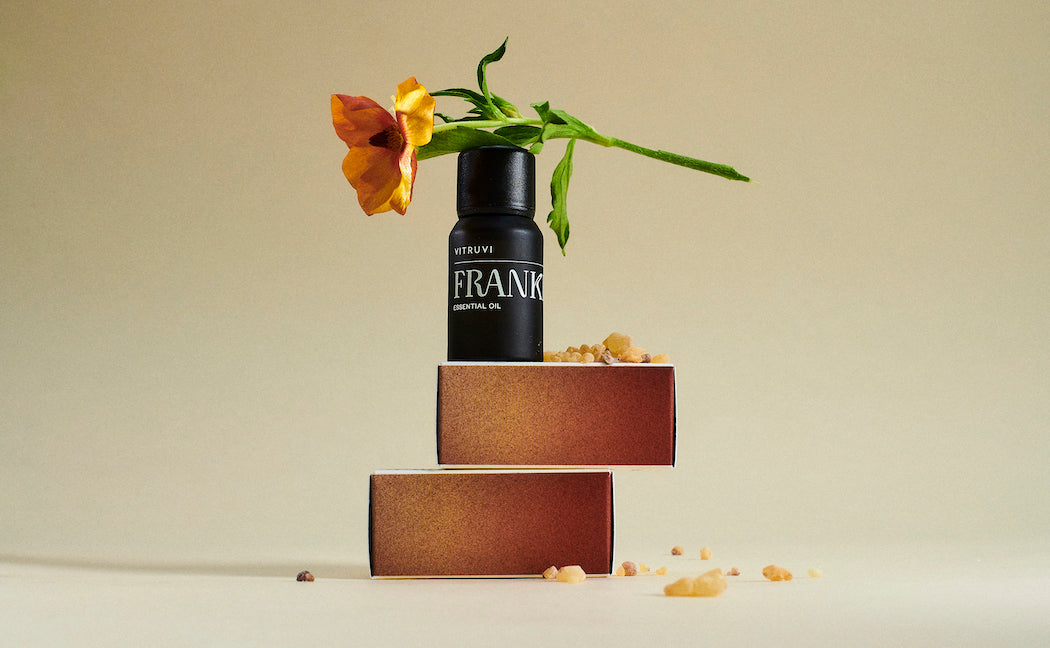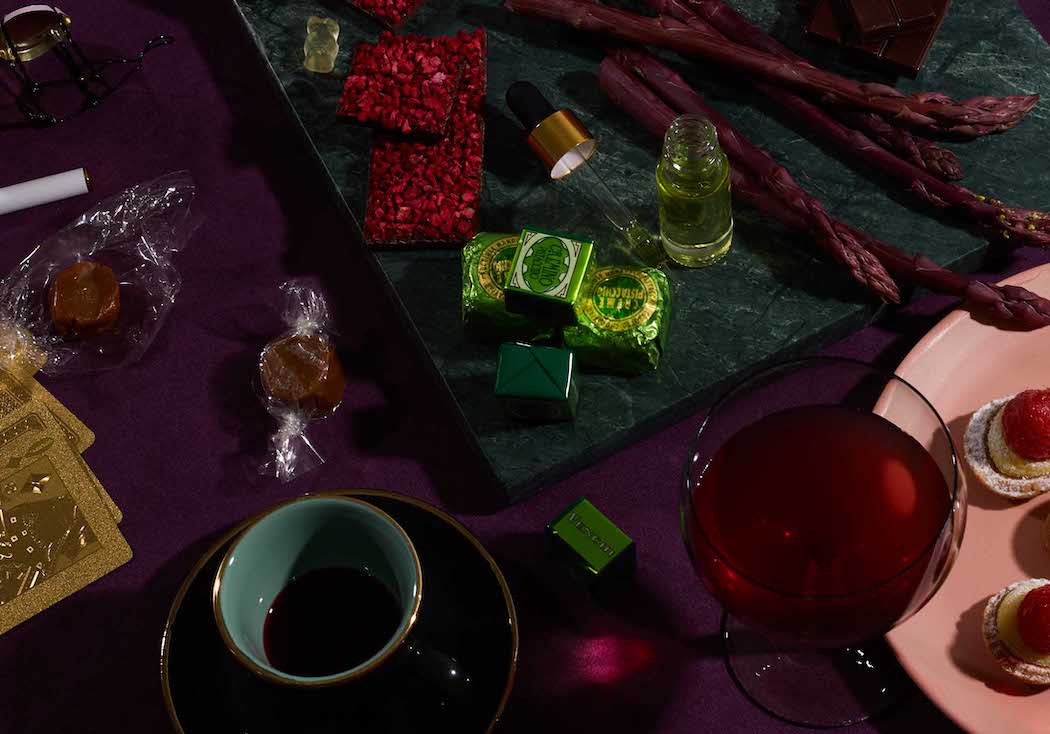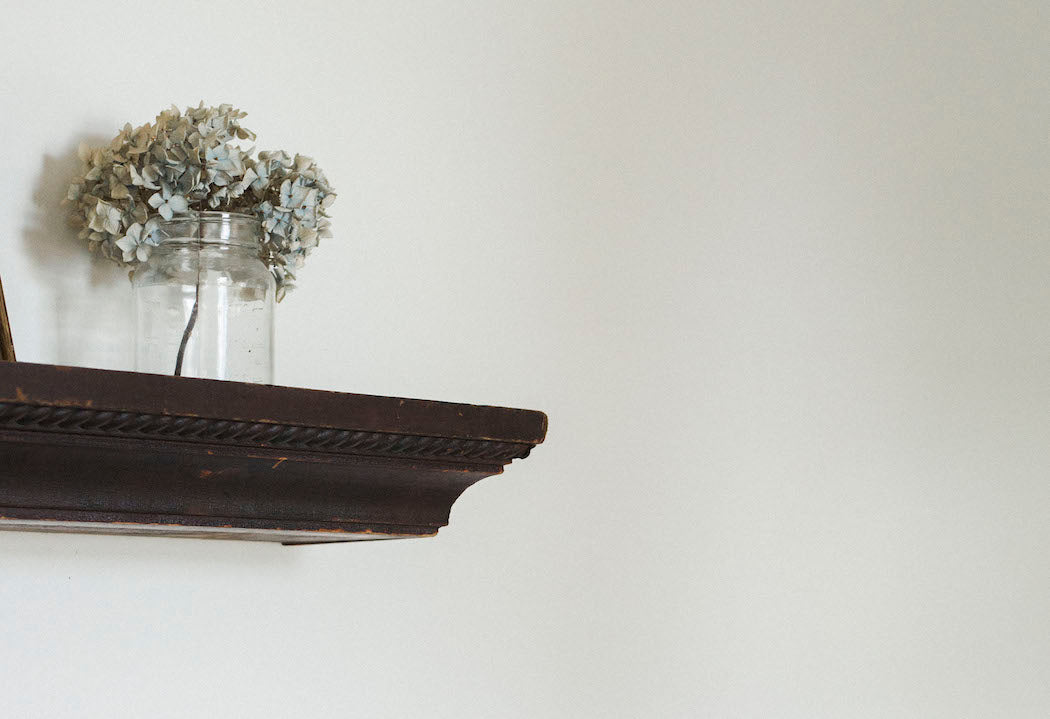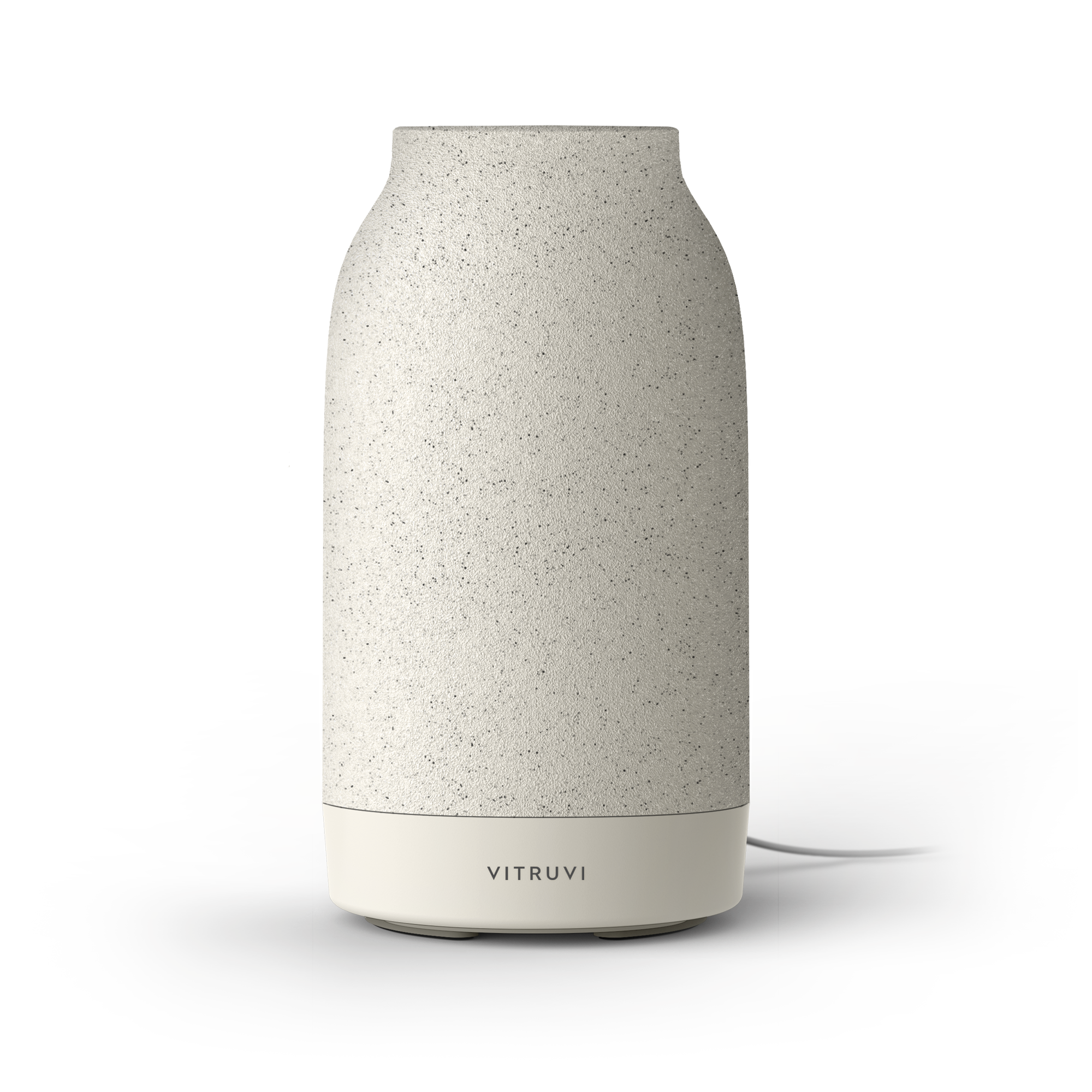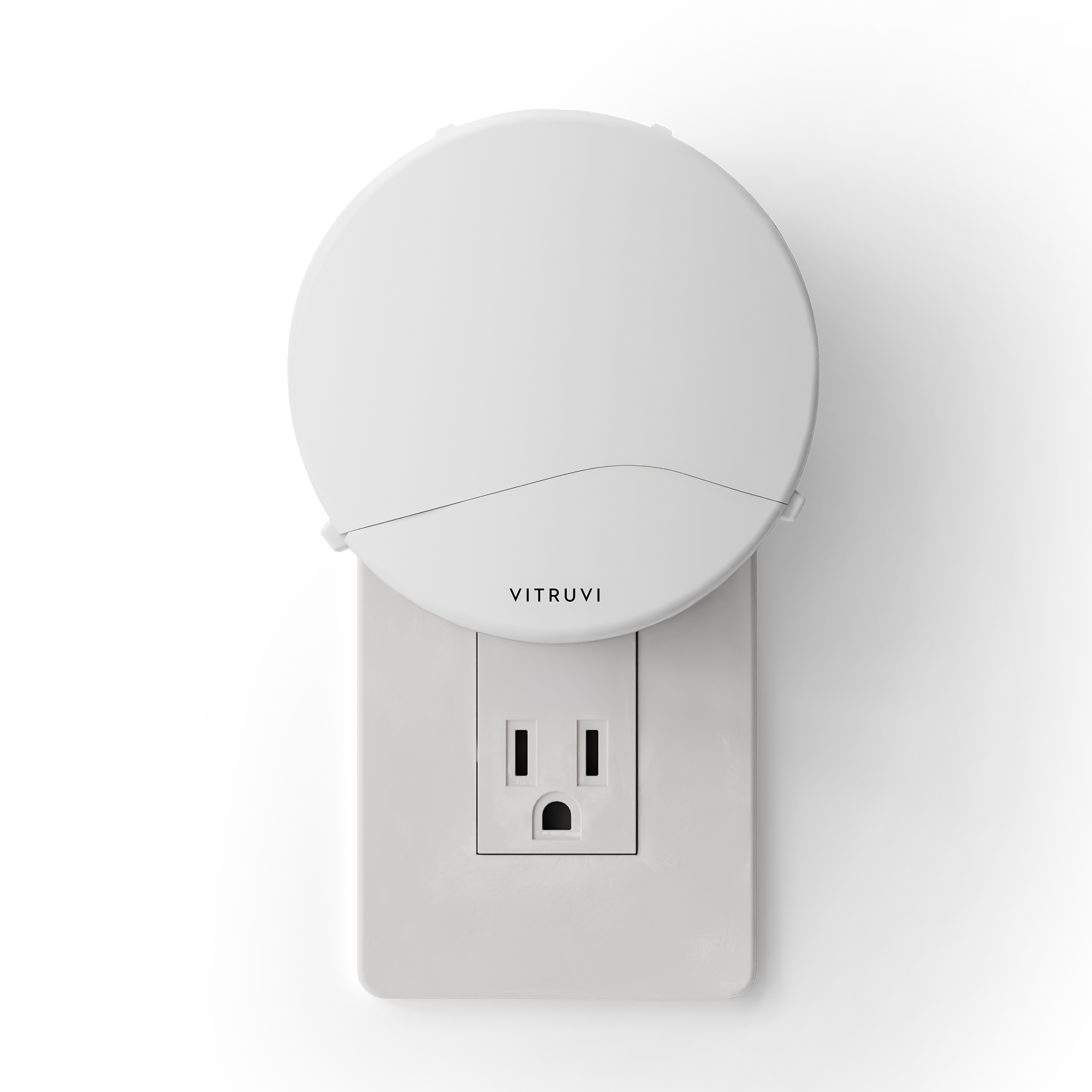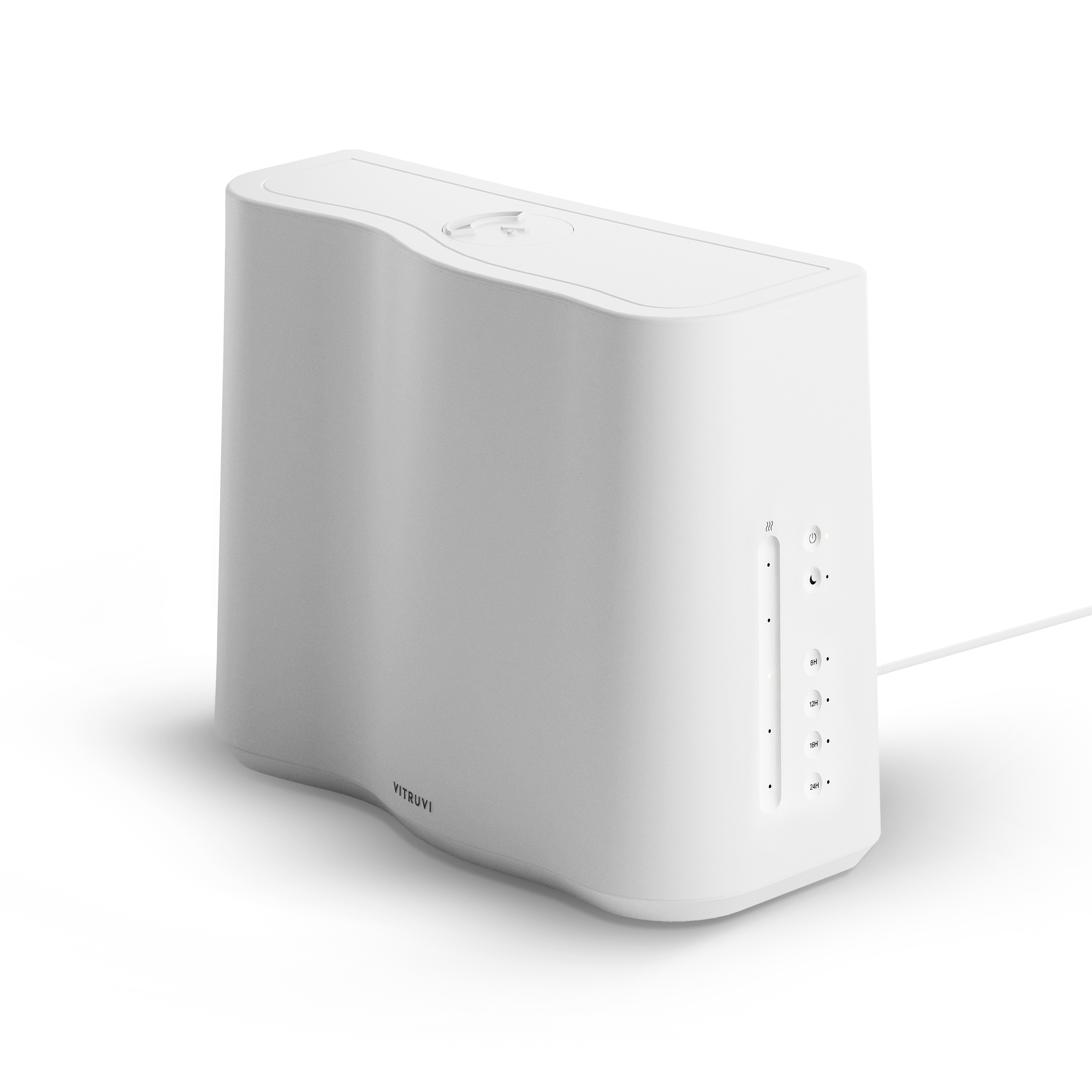Refinery29 celebrates how it clears acne. Byrdie boasts that it shrinks under-eye bags. Elle calls it an Instagrammer’s favourite. Allure says “it’s like magic.” Vogue suggests it’s the secret to better skin. For the past couple of years, an ancient detoxifying practise has steadily crept its way into the mainstream of skincare. It’s not facial acupuncture, though, and it’s not jade rolling—it’s gua sha.
What is gua sha?
This massage technique comes from Traditional Chinese Medicine, and is typically used on the body and face to help with an array of ailments, from pain to muscle weakness to headaches. A more modern take on gua sha—in which a small, flat scraper usually made of cooling jade is pulled along various pressure points and soft-tissue lines—sees it applied to the face for cosmetic reasons; it helps smooth, clear, detoxify, stimulate collagen production, encourage lymphatic drainage, fight signs of aging, and prevent breakouts. Essentially, it’s the skincare tool we’ve all been waiting for—or should we say waiting to discover, since this practise has been around for thousands of years.
“The whole concept of Chinese Medicine is mainly based on this qi system, which is energy or life force—and when you move qi, you increase circulation and decrease illness,” explains Debbie Lee, a registered doctor of Traditional Chinese Medicine. Similar to how when you cut your finger and your brain sends signals to clot it and stop the bleeding, “gua sha is creating mini traumas to send signals to the brain, so that it will bring in the reinforcement team so healing can happen a lot quicker.”

How do you use a gua sha tool?
That means everything from wrinkles to redness to acne can be helped with gua sha. Lee suggests going over each part of the face about 10 times, making sure to pull in the same direction each time (as opposed to going back and forth). Start by cleansing and then putting on a face oil, which adds a nice glide for the tool and helps the oil absorb better; then draw different edges of the gua sha tool along the jawline, cheekbones, browline, forehead—even gently under the eyes and along the sides of the nose. The point is to create heat and circulation by sending blood to the face, so Lee says it’s normal to get a bit red from the process—in fact, that’s actually what you’re looking for (but unlike the intense marks left from body gua sha, its facial counterpart is much more subdued).
How long does it take for gua sha to work?
“It can really help get rid of the metabolites—so lactic acid, anything sitting around in the cellular matrix—you can help bring it to the surface, that’s why you get that redness,” explains Lee between sips of London fog and checks on her adorable five-month-old baby, who she has brought along in a stroller. “In Chinese Medicine that’s what the ‘sha’ is: the ‘sha’ is the red coming out. So that’s the toxins coming out. The whole act of it is the gua sha, but the ‘sha’ is what you see in red spots, so that’s what you want to come out.” Of course, the amount of redness depends on how hard you are pushing and pulling with the tool; it’s best to start light and see how your skin reacts (perhaps at night so that you can wake up with a dewy complexion and contoured cheekbones, just saying; you should, after all, start seeing results quickly).

Benefits of gua sha for the face
The beauty of gua sha is that it works for every type of skin (although those with rashes, cuts, or blood coagulation are advised not to partake). If you’re concerned about wrinkles, target those areas on the forehead or chin; if you want to clear and prevent acne, focus on the T-zone. And like with any facial accessory, keeping a gua sha tool clean is important; simply wash it with mild soap and warm water at least once a week (or after every use) and then pat dry.
At the end of the day, the beauty of gua sha is that it is a completely customizable at-home treatment that doubles as a soothing, luxurious personal moment—with visible results. “When you see acne or blemishes or anything like that, usually those are signs of what we call heat. Yin and yang is hot and cool, so we’re always balancing that within the system. So we look to see where there is heat and where there isn’t,” Lee explains. “My teacher who taught me gua sha here at school has a gua sha tool that looks like a comb—they’re the big square ones with the thick bristles—and she does her head every day to activate all the yang at the head. And she looks amazing. She looks like she’s 12, and she’s not 12!”
Lee also says that using gua sha on the head (in a front-to-back motion like you would if you were brushing your hair) can help tighten the skin and decrease wrinkles on the face. In addition, massaging the head and neck can help with aches, and going over the sinuses can help with congestion. Which means you’ll be able to feel as good as you look.
“It is such a powerful tool,” Lee asserts, adding that it’s safe to do every day. With results showing on many people after just one use and continued benefits as time goes on, it’s not hard to see why this ancient practise is seeing a burst of pop-culture interest. As is often the case with many other aspects in life, when it comes to skincare, sometimes those who came before us knew best.


